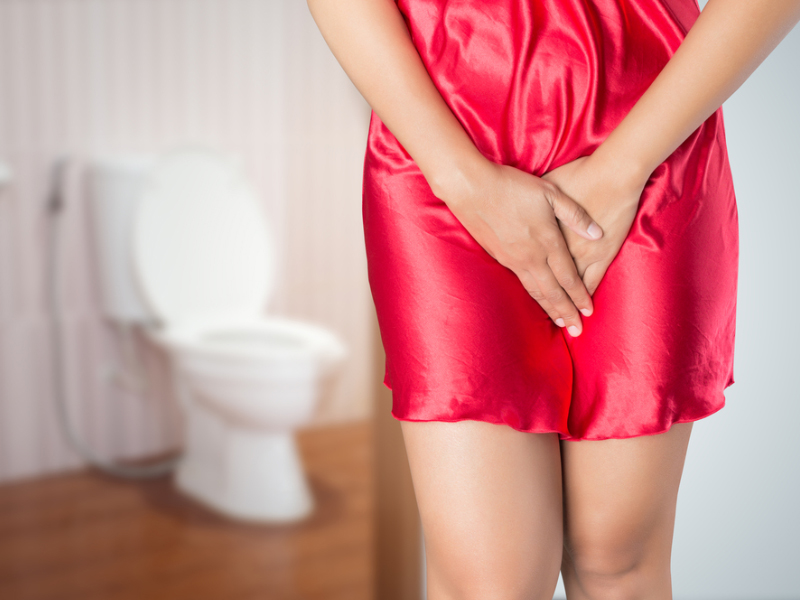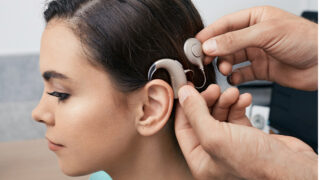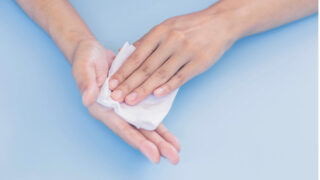If you’re constantly wondering, “Why do I have to pee every few minutes?”, you might have an overactive bladder problem. Here’s what to know about that frequent urge to pee and the available treatments for the condition.
What is an overactive bladder?
Overactive bladder (OAB), or urge incontinence, is a condition that’s characterised by a sudden urge to urinate that you can’t control, due to contractions of the bladder. This can lead to involuntary leakage of urine, explains DR FIONA WU, consultant urologist and medical director of Aare Urocare.
“It can be really hard to make it to the washroom with urge incontinence. Most patients complain of urinary leakage when they reach the door of their house, just before they sit down in the washroom or when they hear running water.”
Of course, sudden urges to pee and the involuntary loss of urine can be embarrassing and inconvenient – and they can significantly affect your daily life. Many people with OAB also experience the frequent urge to urinate, and wake up more than two times during the night to do so.

Why does OAB usually affect women?
While men and younger people can have overactive bladder, it’s more commonly seen in women and the elderly. In fact, women are twice as likely to suffer from urinary incontinence than men. The female urethra, for one, is shorter than the male urethra. So, any damage to the urethra is more likely to cause incontinence, explains Dr Wu.
Other possible reasons include:
- weak pelvic floor muscles – this is particularly common after pregnancy and childbirth;
- excessive fluid and caffeine intake; and
- hormonal changes during menopause.
When to see a doctor for OAB
According to Dr Wu, most people generally urinate less than eight times a day, and either not at all or once during the night. If you are urinating more than that and experiencing sudden urges and leaking, it’s worth having a discussion with your doctor. A urologist can work with you to manage your symptoms and find the right treatment for you.

Overactive bladder treatment options
From medical interventions to lifestyle changes, there are many different ways to relieve symptoms of OAB. In very severe cases, surgical intervention may be necessary. In most cases, however, the condition can be managed by making certain lifestyle changes. For instance, cutting down on caffeine, which can cause urgency – and with conservative treatment methods. These include:
- pelvic floor exercises (known as Kegels) to strengthen the pelvic floor muscles, which allow you to hold urine until you reach the washroom;
- management techniques like bladder training, which involves delaying urination in order to train the bladder to hold urine more effectively with better capacity;
- oral medications to relieve symptoms of OAB; and
- topical oestrogen for postmenopausal women.
Additionally, there are minimally invasive methods that have been shown to effectively relieve severe symptoms of OAB. These include Neurotoxin injections to relax the bladder and prevent spasms, and Neuromodulation – a technique that stimulates the nerves responsible for bladder control.
The bottom line
You don’t have to live with urinary conditions that keep you from living your life to the fullest.
“Urinary incontinence can be an embarrassing condition that is difficult to manage and often harms your quality of life over time,” says Dr Wu. “However, it is possible to lead a normal life by properly managing the condition – and that starts with you.
Aare Urocare
#10-06 Gleneagles Medical Centre
6252 4681 | aareurology.sg
Like this? Read on for more about health.





